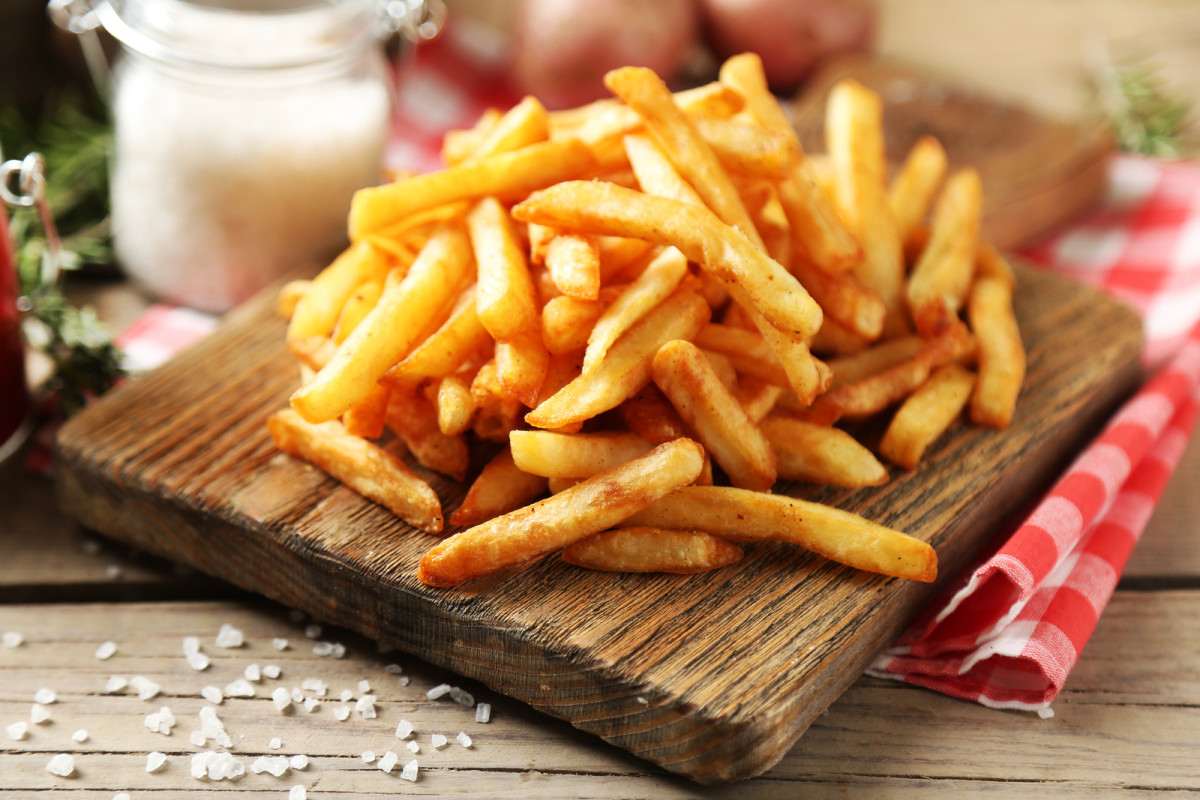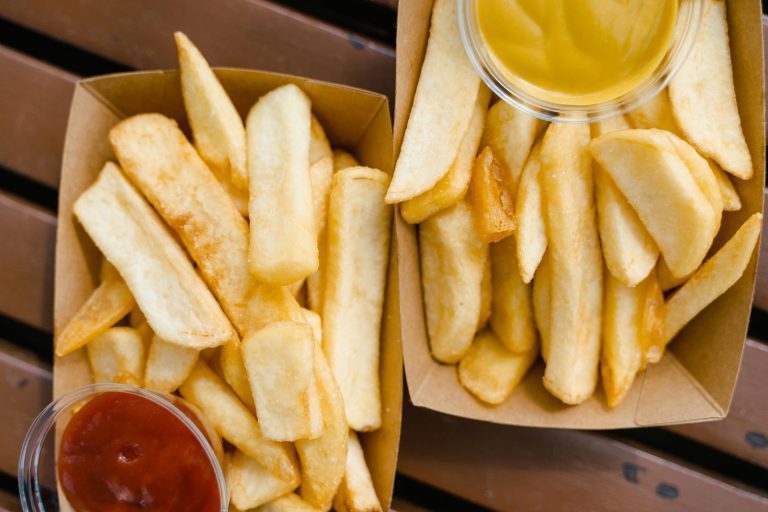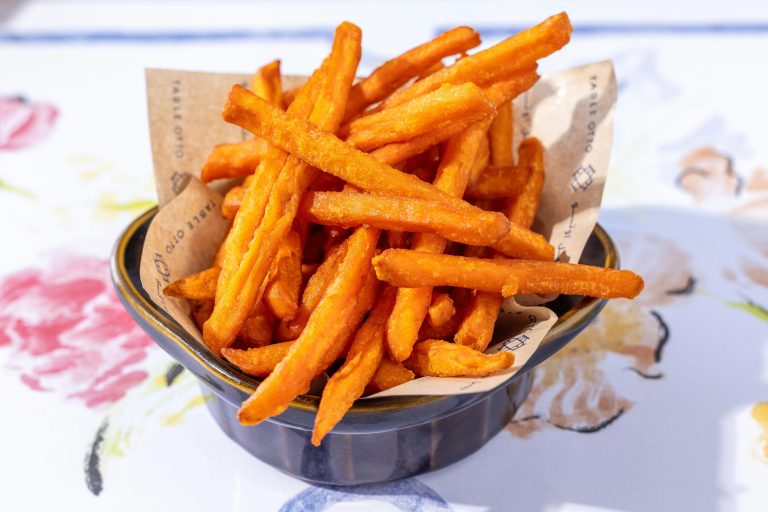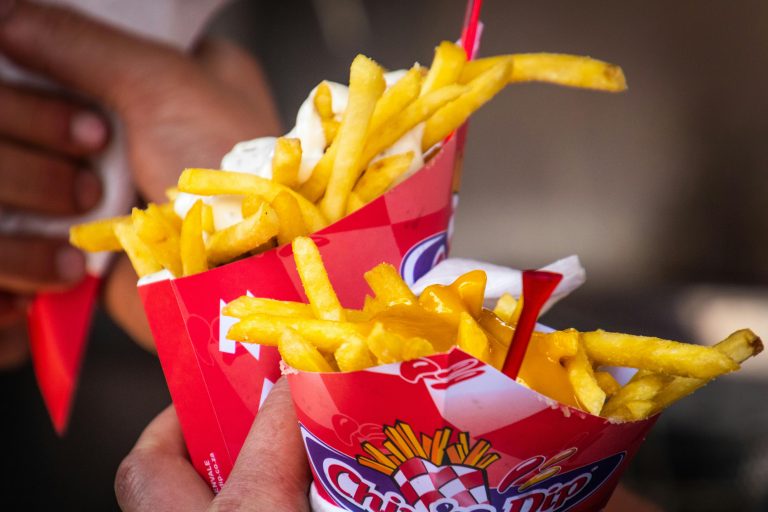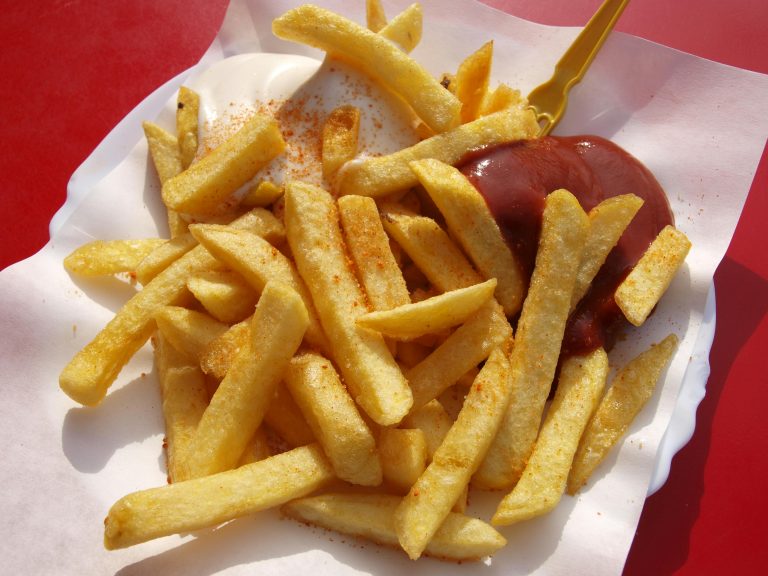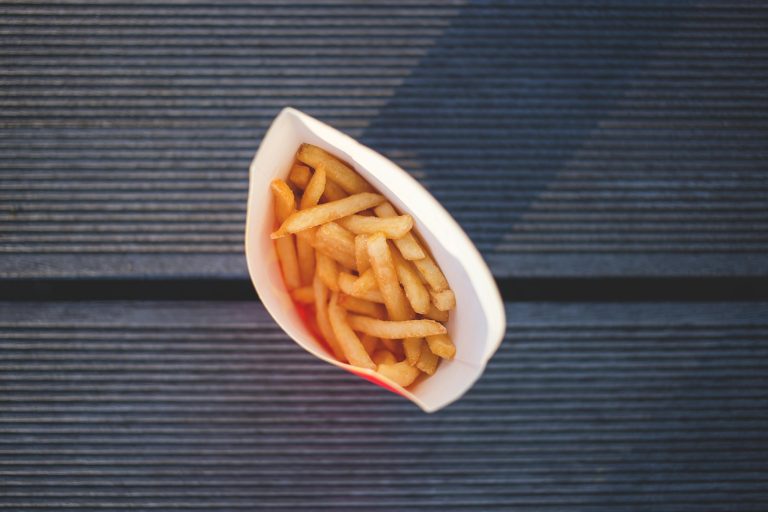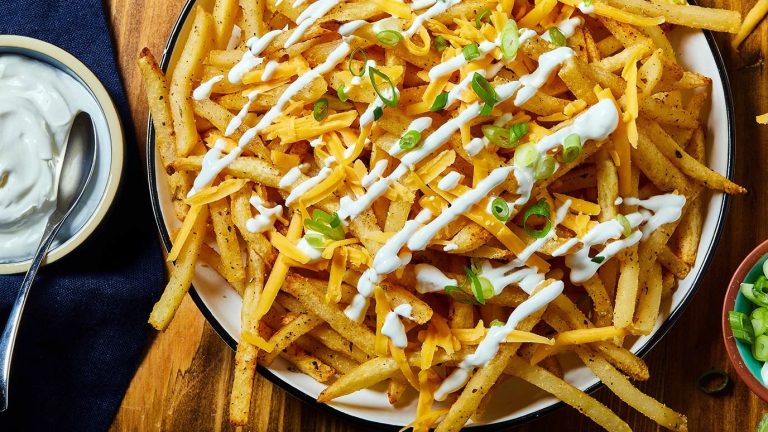An Extensive Exploration of the History, Types, and Persistent Appeal of French Fries
A culinary classic, the French fry is a straightforward yet exquisite dish that has captured palates all over the world. This humble side dish, which has a long history, a variety of delectable variations, and a permanent place on menus from fast-food counters to fine dining establishments, is a testament to the power of fried potatoes. From the perfect cut to the perfect dipping sauce, the French fry is a topic of intense debate that goes beyond its straightforward preparation. This comprehensive guide will take a deep dive into the fascinating world of French fries, uncovering their origins, exploring their many forms, and celebrating their universal appeal.
A Look at the Origins: The Frying Debate
Despite their name, the true origin of French fries is a subject of historical debate. Two primary claims stand out:
- The Belgian Claim: The most widely accepted theory traces the French fry to the Meuse Valley in Belgium. As far back as the late 1600s, local villagers would fry small fish caught from the river. When the river froze over and fishing became impossible, they would cut potatoes into small fish-like shapes and fry them as a substitute. The American soldiers who were stationed in the region during World War I are believed to have nicknamed them “French fries” because French was the official language of the Belgian army at the time.
- The French Claim: The French, however, have their own story. Street vendors on the Pont Neuf in Paris were reportedly selling fried potatoes as early as the late 1700s. A popular story attributes their introduction to Thomas Jefferson, who is said to have served “potatoes fried in the French manner” at a White House dinner in the early 1800s.
While the debate continues, there is no denying that both nations have played a significant role in popularizing and perfecting the art of the fried potato.
The Anatomy of a Perfect Fry
At its core, a French fry is a simple food, but the process of making a perfect one is a science. The ideal fry has a crispy, golden-brown exterior and a fluffy, tender interior. This is often achieved through a method known as the double-fry technique.
- The First Fry: Potatoes are blanched in oil at a lower temperature (around 325°F or 160°C). This cooks the inside of the potato without browning the outside, ensuring a soft, fluffy center.
- The Second Fry: After a short rest to cool, the potatoes are fried a second time at a higher temperature (around 375°F or 190°C). This step is crucial for creating that coveted crispy crust and golden color.
The choice of potato is also key. High-starch potatoes like Russets are preferred for their mealy texture, which produces a fluffy interior, while low-moisture varieties prevent the fries from becoming greasy.
A World of Varieties: Beyond the Classic Cut
The term “French fry” is a broad umbrella that encompasses a wide range of cuts and styles. Each variation offers a different textural experience and is best suited for certain dishes or dipping sauces.
- Classic Cut: The most common form, these are medium-thick, straight-cut fries. They are the quintessential companion to burgers and sandwiches.
- Shoestring Fries: Thin and delicate, these fries cook quickly and are prized for their crispiness. They are a favorite in classic diners and can be found in many fast-food chains.
- Steak Fries: Thick-cut and substantial, these fries have a very soft, potato-like interior and a less crispy exterior. They are often served alongside steaks or other hearty main courses.
- Waffle Fries: These lattice-shaped fries have a unique look and a large surface area, making them exceptionally crispy and perfect for scooping up thick dips.
- Curly Fries: Made by a spiral-cutting process, these fries are seasoned with a special spice blend before frying. Their fun shape and bold flavor make them a popular choice.
A Culinary Canvas: The Many Faces of the French Fry
The French fry is more than just a side dish; it’s a culinary canvas. The plain fry can be transformed into a variety of indulgent and flavorful dishes:
- Poutine: A signature dish, especially in Canada, where fries are topped with cheese curds and smothered in hot brown gravy.
- Chili Cheese Fries: A hearty meal in itself, this dish features fries topped with chili and a generous layer of melted cheese.
- Truffle Fries: An elegant upgrade, where fries are tossed with truffle oil, Parmesan cheese, and fresh herbs.
- Loaded Fries: A customizable dish where the toppings are limited only by your imagination, including bacon, sour cream, jalapeños, and more.
The French fry has a storied past and a versatile present. Whether you prefer a simple, perfectly salted classic or an indulgent, fully loaded creation, there is no denying the universal joy that this fried potato brings to the table.

